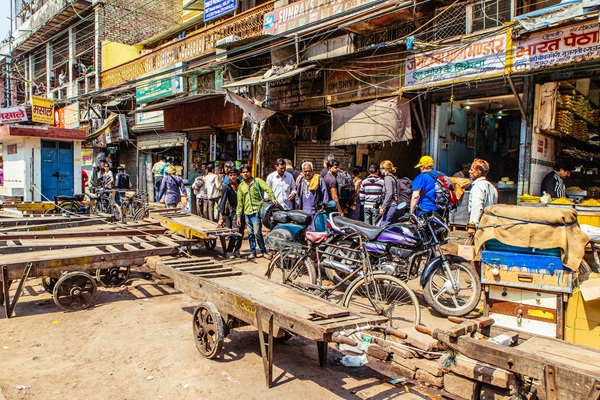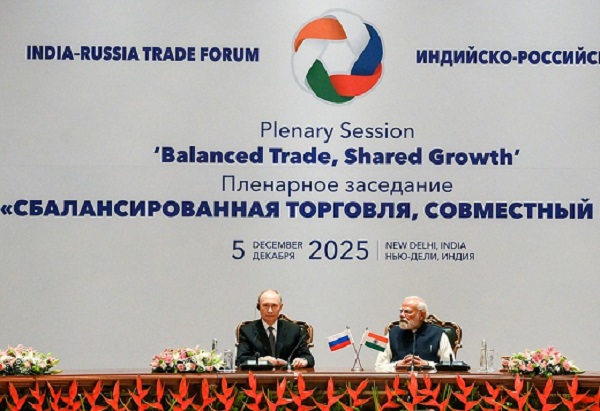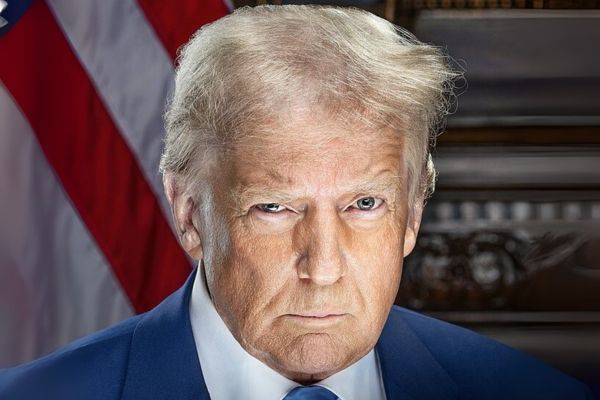.png)
September 1, 2025 at 7:12 AM IST
The Reserve Bank of India is caught between reassuring numbers and troubling signals. Real GDP expanded by 7.8% in the April–June quarter, the fastest in five quarters and well above expectations. On paper, this aligns with the central bank’s full-year projection of 6.5% growth, suggesting policy settings are broadly on track. But behind the headline lies a softer story. Nominal GDP growth slowed to 8.8%, the weakest reading in three quarters.
For monetary policymakers, nominal GDP matters more, as it reflects actual incomes, spending power and tax collections. In the current environment, it also provides a clearer picture of demand than a real growth figure, which is inflated by quirks of statistical deflators.
The problem lies in how the data are constructed.
Several large sectors that contributed to overall growth, such as manufacturing and trade, hotels, and transport, benefited from unusually soft deflators. Corporate results show that sales volume growth was meagre, but gross profit growth was double that of sales growth, as falling commodity prices squeezed input costs and widened corporate margins. Yet these gains were not fully adjusted in national accounts. As a result, profits rather than production volumes drove the increase in gross value added.
If a double deflation method — where the real value added is the difference between real gross output and real intermediate inputs — had been applied, real value added in manufacturing sector would have been far lower than the 7.7% growth reported for the sector.
The same statistical lift is evident in services. The trade and hotels segment reported an abrupt jump in growth to 8.6%, aided by a sharp decline in its deflator from 2.8% to 0.7%. Some cyclical strengthening is credible, supported by firmer rural demand and higher construction activity. But the pace of the surge appears exaggerated, given that many volume indicators for the quarter were subdued. The divergence between modest sales growth and buoyant profits suggests that the real economy is not as strong as the data indicate.
Capex Imbalance
The investment picture is equally skewed. Government capital spending soared by nearly 40% in the quarter, masking the absence of momentum in private investment. Credit to industry grew at just 5.6% and machinery imports were patchy. Corporate India continues to hold cash reserves rather than committing to long-term projects, reflecting caution in an uncertain global environment.
Capacity utilisation is stable at around 75%, but that has not translated into stronger capital expenditure. The imbalance between government push and private hesitation cannot last. With goods and services tax rates set to be rationalised and tax collections already weak, fiscal pressures are likely to build in the second half of the year.
The external backdrop only adds to the challenge. The US has recently imposed tariffs of 50% on Indian exports, a penalty far harsher than that faced by its competitors. This could shave as much as 1% off annualised growth, with labour-intensive sectors such as textiles, gems and jewellery facing the sharpest pain. The government may respond with support measures to protect jobs, but that would add to fiscal strain.
A cut in GST rates, by removing the 12% and 28% slabs, may provide a stimulus worth 0.2–0.3% of GDP. Even if the multiplier effect is strong, the growth boost is only half the size of the drag from US tariffs. For the remainder of the year, nominal growth is likely to slow to 7.5–8%, resulting in a full-year expansion closer to 8% in current prices.
For the RBI, this arithmetic means caution.
The bias in policy must remain towards easing, even if an October rate cut looks unlikely. Previous monetary measures, including staggered reductions in the cash reserve ratio, are still working their way through the system. Further clarity is needed on how long tariffs persist and how the government calibrates its fiscal stance. A residual rate cut in December is possible if the external environment worsens. What the RBI cannot afford is to appear hawkish simply because headline real growth looks healthy.
The only genuine bright spot is rural demand. Aided by the good monsoons and higher sowing, real wages are rising again after a long slump, and lower demand for MNREGA work suggests households are finding more income opportunities. This could underpin consumption more reliably than statistical artefacts in GDP. Yet rural resilience alone cannot offset weak private capital expenditure and external shocks.
Headline numbers suggest India’s growth story is intact. The underlying detail shows otherwise. Nominal weakness is the truer guide to demand, and that is what the RBI must watch as it sets policy in the coming months.




